Windows are very important parts of buildings and choosing window designs can be quite tricky. The type of casement window designs that you pick can determine the beauty of your building.
What is more important is choosing the casement window. This post will show you some amazing pictures of casement window designs in Nigeria. It will also explain what a casement window is and shed some light on the parts of a casement window. We will also discuss a few materials used in making casement windows.
Casement Window Designs in Nigeria

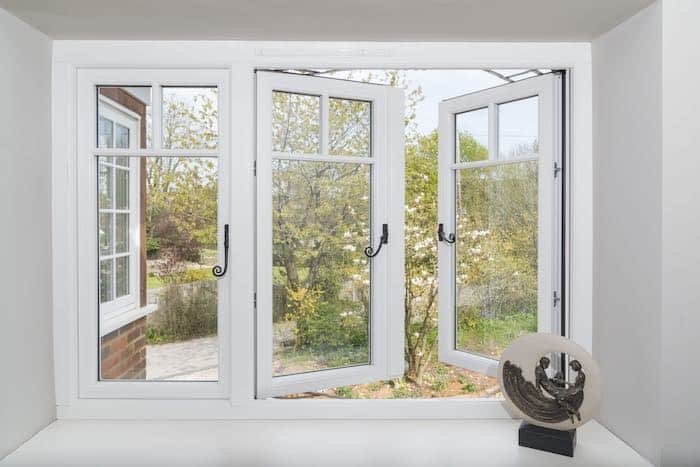

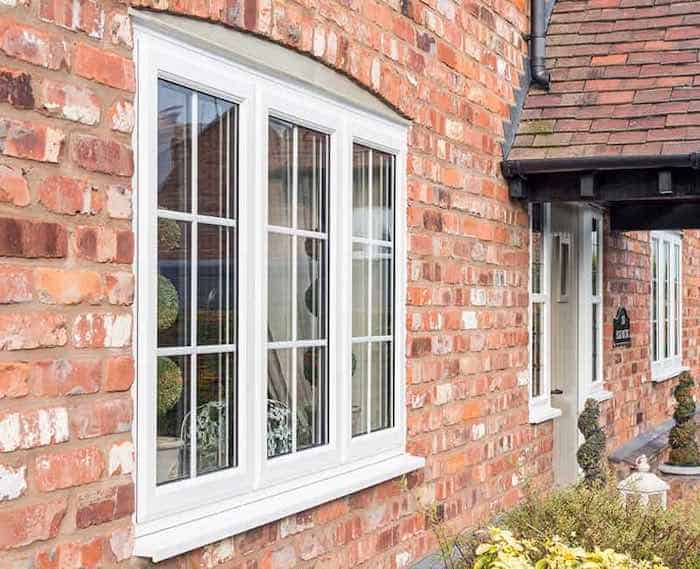
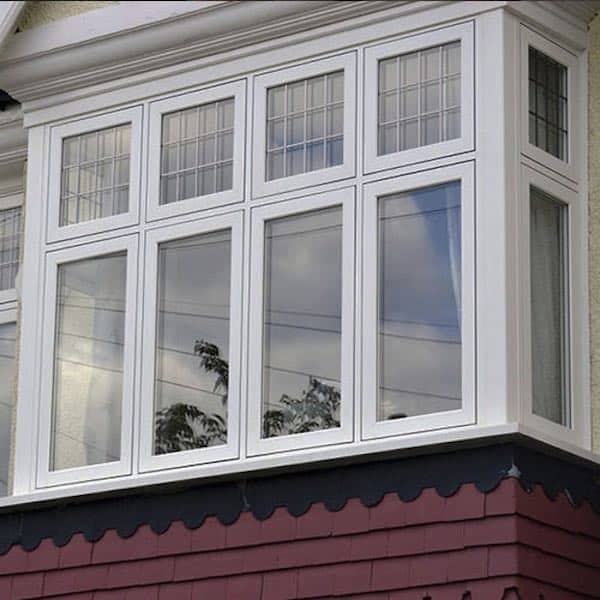
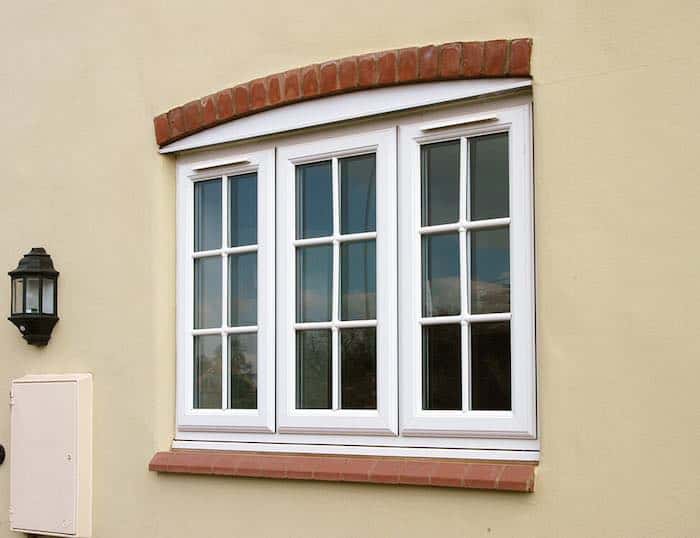


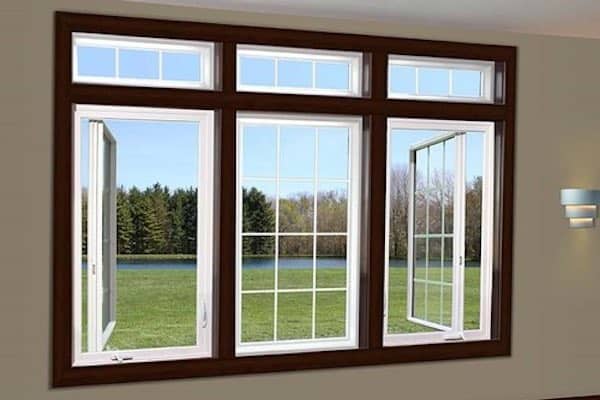
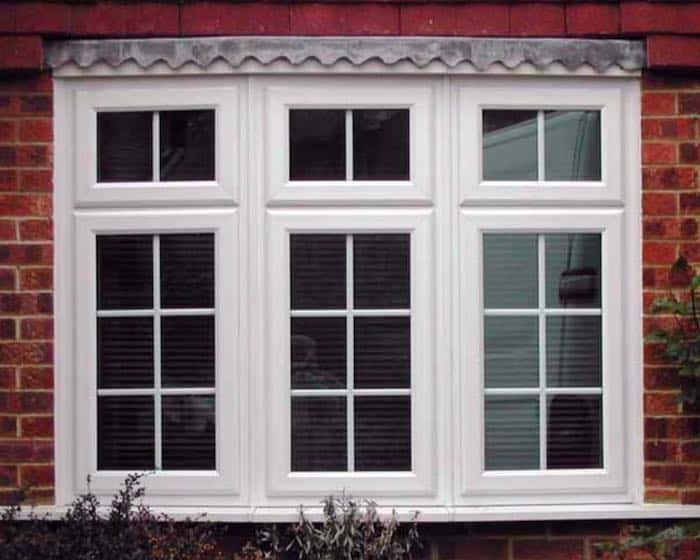
Aluminium Window Designs in Nigeria
Window Protector Designs in Nigeria
Burglar-proof Designs in Nigeria
Window Hood Designs in Nigeria
What is a Casement Window?
A casement window is one that is attached to the frame by its hinges. As such, this type of window swings out to open instead of sliding in different directions.
There are several variations of casement windows. Some of the most popular casement window designs in Nigeria include:
- Push-out casement window.
- Egress casement window.
- French casement window.
- Single-frame casement window.
Casement windows come with a wide array of benefits. One of the main benefits of these windows is that they present a wider space for fresh air to pass through, ensuring more ventilation. Asides from this, casement windows are easy to operate, even for those with little physical strength.
You can use casement windows with any type of construction including industrial, residential, and commercial. All you need to do is find the best casement window design that suits your purposes.
Parts of a Casement Window
Casement windows have several parts. Each part has a specific name and function. This section will show you some of the parts of a casement window and their specific functions.
Frame
When constructing a building, the engineer always leaves some space for windows. To mount windows, you need to construct frames that fit into these openings. The frames are mostly made of wood with the top called the “head” and the bottom known as the “sill.” Each of the sides is known as a “jamb.”
Window frames act as the foundation to hold the windows in place. There are two types of frames, namely:
- Flush-fit.
- Lipped.
Casing
This is a part of the casement window that covers the joint between the frame and the wall. The casing can be functional or decorative depending on the material used in its construction. Usually, the casing is made from wood. However, the engineer may choose to work with composite material.
Hinges
These are pivot joints that attach window casements to window frames. It is the hinge that makes it possible for windows to open by facilitating the rotation of the casement around the pivot.
There are different names for the hinges used in constructing casement windows. Some of them include detent, torque, or friction hinges.
Sash
A sash is the part of a window surrounding the glass panel. It has a horizontal border that is known as a “top and bottom rail.” The vertical borders of sashes are called “stiles.”
Crank
When a casement window has a crank, it means that there is a sliding shaft that sits on the hinged edge of that window. This shaft connects to an arm used as the window’s handle. It allows for the opening and closing of the window.
Materials Used in Casement Windows
Another important factor that you must learn about when discussing casement window designs in Nigeria is materials. What are the materials used in making casement windows? We will discuss the ones that are most popular in this part of the world.
Fiberglass
Casement windows made from fiberglass are recognized for their resilience to extreme temperature changes. This is because fiberglass will hardly crack or warp when faced with extreme temperatures.
These windows are mostly designed using woven, thin, glass fibers. They are considered to be stronger than windows made from vinyl or wood since they have high resistance to damage.
Metal
Some of the casement windows on the market are designed from steel material. The challenge with this type of casement window is that condensation forms inside the window in cold weather. This is one of the reasons why steel casement windows are no longer common.
Instead of steel, aluminum is more popular in Nigeria. This is because aluminum is lightweight, durable, and requires low maintenance. Also, aluminum has better thermal protection than steel.
Composite
Composite casement windows are gaining some popularity on the market. These windows are made from a combination of reused wood particles with thermoplastic polymers.
This method of manufacturing casement windows is quite recent and is regarded as an inexpensive alternative to working with pure wood casement windows.
Wood
Wooden casement windows used to be very popular because they are a perfect insulating choice and highly energy-efficient. These windows are very strong and durable. The challenge with wooden casement windows is that they are quite costly. Also, if the wood is of low quality, it might be attacked by termites or deteriorate over time.